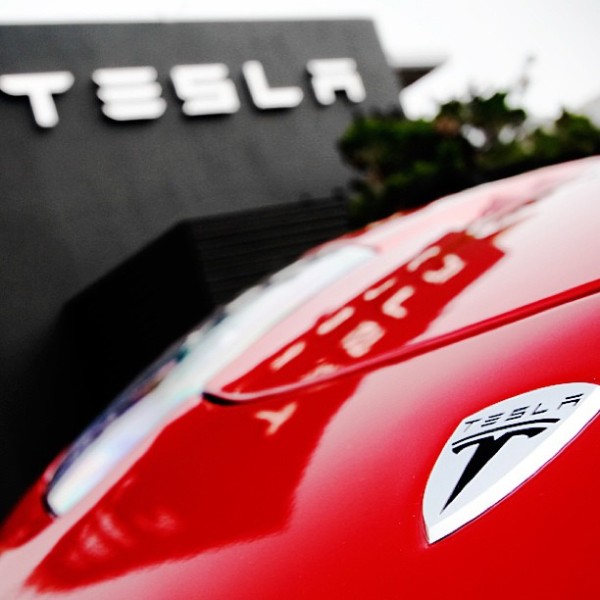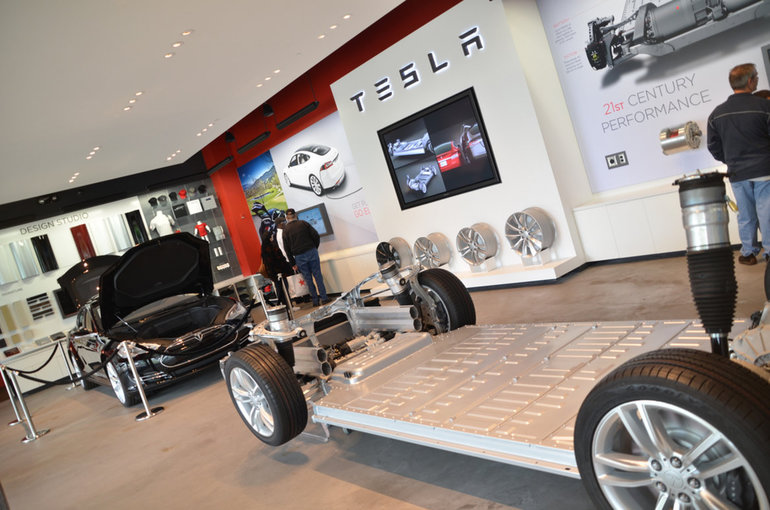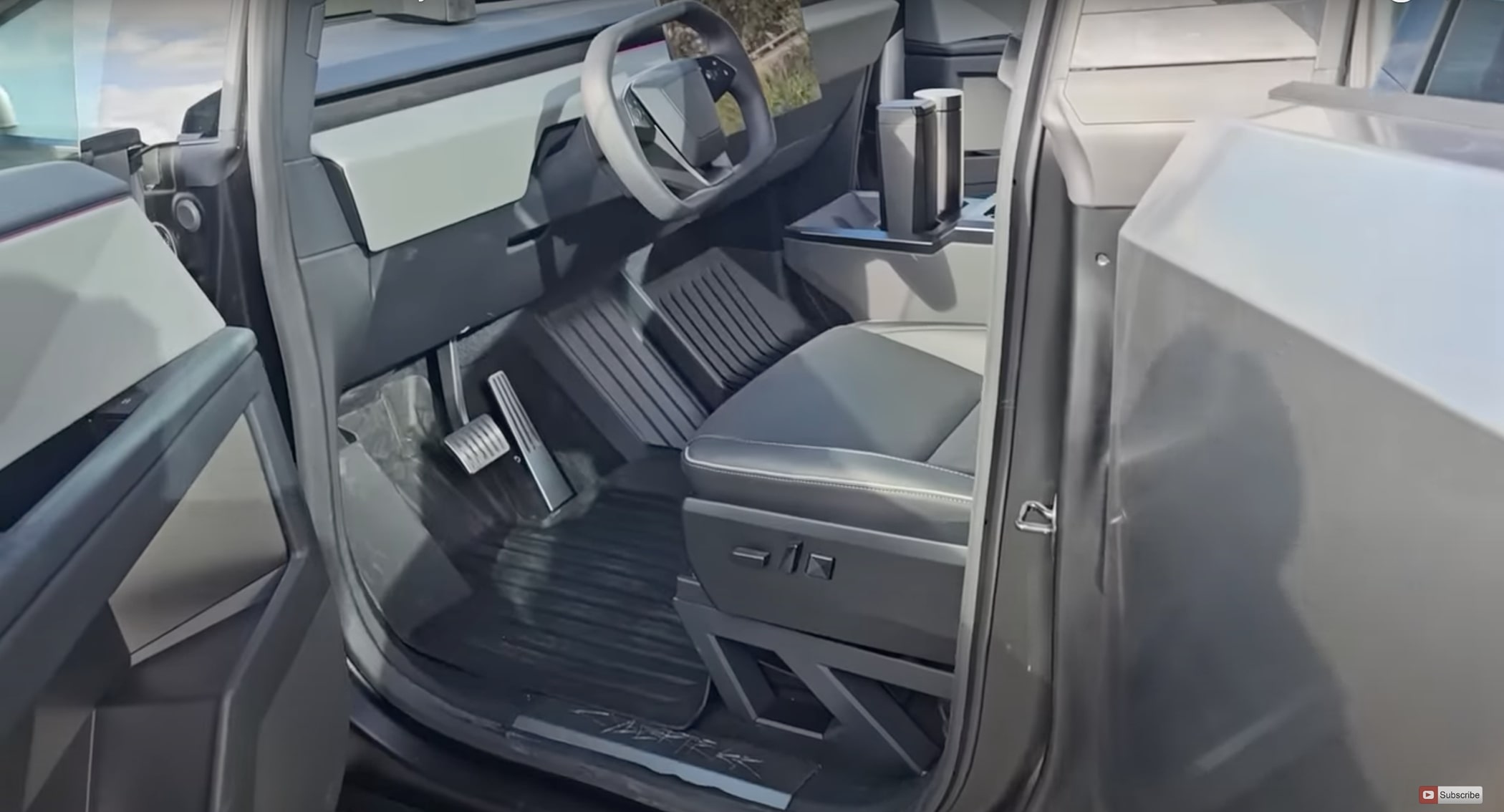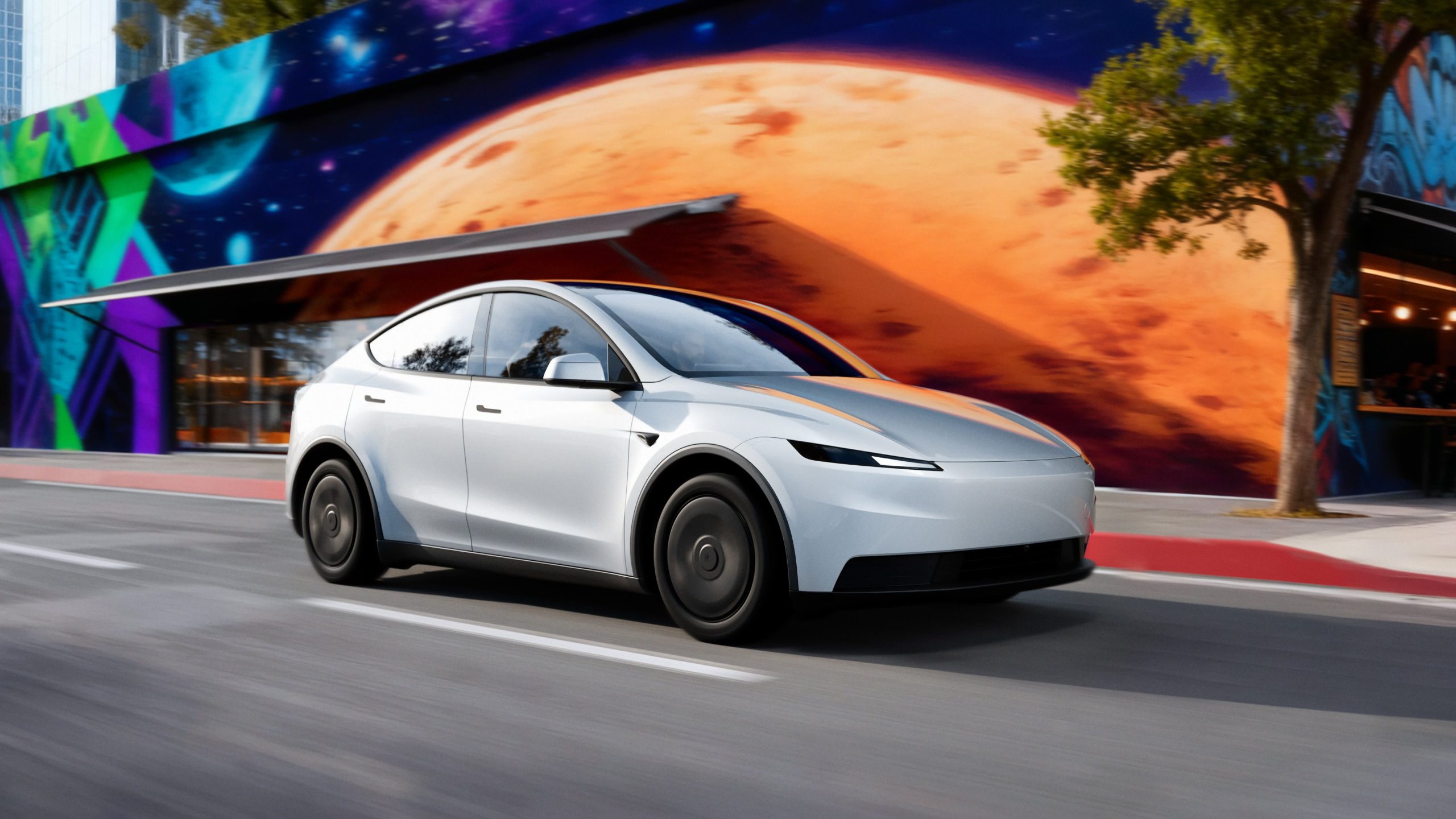News
The NJ mafia puts contract hit on Tesla


Elon Musk is always one step away from pushing the envelope further. Is calling New Jersey the mafia state enough of a wake up call?
Governor Chris Christie exemplifies modern politics clichés by turning around his previous decision legally working with Tesla Motors to follow suit with Texas and Arizona. Is there a pattern? Far from engaging in politics at Teslarati, we can’t help but wonder why those states known for their free markets ideals turned their back on the rhetoric? Where is competition and free market these days?
Does anybody remember freedom of choice?
Elon’s post rightfully reminds us of the disconnect between politicians and their constituents by saying: “the New Jersey Motor Vehicle Commission, composed of political appointees of the Governor, ended your right to purchase vehicles at a manufacturer store within the state” on his post. Governor Christie promised to put a vote to Tesla selling directly, but once the very big, and very powerful auto dealer lobby voiced their concerns, a backroom deal was cut, thus circumventing the legal process. Essentially, the auto dealer association pressures Chris Christie to force anyone buying a new vehicle through middlemen in New Jersey.
Essentially, Elon Musk accuses the Administration and the New Jersey Motor Vehicle Commission of: “going beyond their authority to implement the state’s laws at the behest of a special interest group looking to protect its monopoly at the expense of New Jersey consumers.”
Automotive Dealerships is a humongous lobby.
We’ll let you gauge how powerful the National Automotive Dealership Association is. Last year, there were 17,600 dealers of new cars and trucks in the US, yielding over $676 billion of sales, accounting for about 15 percent of all US retail activities. The automotive dealership is a substantial part of the country’s economy and its $86.8 million of dealership monies continuously spends $57 million funneled on state election across the country since 2003.
A few days back, we wrote about how the inevitable has to happen, bringing back our country to its foundation of freedom of choice. Dealerships don’t have the best reputation, and certainly very few people praise their services. Is it any wonder they push for an old, worn out self-serving business model? Tesla’s model is so modern, answers the needs of our current era and reflects a very real demand for freedom of choice. Simply put, dealerships do not offer the added services they once did, and are not able to change that quickly. Sounds familiar? Carmakers feel the same. Tesla Motors creeps under Detroit’s car manufacturers’ skin. They feel the inevitable, that change is a constant and you cannot turn around a big corporation instantly. Does that mean we don’t need car dealerships? Certainly not.
Tesla Motors is about now.
If we put everything into perspective, we find Tesla Motors answers our urgent need for elegant performance cars that run on an efficient energy means, electricity. Carmakers are left in the less enviable position of making petroleum derivative powered cars that pollute, smell bad and make awful noises. What truly isn’t fair is to expect these big carmaker and their dealerships to turn on a dime and start manufacturing batteries and electric motors. They are not tooled for this, and the investments would be gargantuan.
The Tesla stores frighten auto dealerships.
Why wouldn’t they be frightened by the Tesla stores, conveniently located inside malls, at the mercy of any onlooker? If you are relegated to the outskirts of the city, next to other car dealerships, knowing how people dread going to look for that new car, carefully maneuvering pushy salesmen, deciphering the unintelligible jargon and financing pitfalls, wouldn’t you fear Tesla? What do you do against a Tesla store that has a list of Model S drivers who will let you ride and sometimes drive their personal car? Know anyone who that with the internal combustion engine (ICE) drivers? Neither do we. But, why would you fight this marvelous system?
In the meantime, it’s hard not to feel sorry for politicians seeing constituents losing faith and car dealership lobbies facing better business models. Would you be frightened, or would you take the opportunity to change and adapt, once and for all?

News
Tesla adjusts crucial feature as winter weather arrives

Tesla has adjusted the functionality of a crucial climate feature as Winter weather has started to arrive throughout some parts of the United States. The new feature was highly requested by owners.
Tesla has a Cabin Overheat Protection feature that helps keep the temperature regulated if it reaches a certain threshold. Inversely, it can be used in cold weather as well, which will automatically warm the cabin if it sinks to a temperature that is too low for the owner’s comfort.
This is a great way to keep the cabin either warmed up just enough or cooled down just enough so that it never gets too hot or too cold. Extreme temperatures could damage certain parts of the vehicle or damage personal belongings that are kept inside the car.
Overheat protection is a great thing to have in hot climates like Arizona or Texas, especially with the Premium trims of the Model 3 and Model Y, which feature a glass roof.
Many owners appreciate the feature, but they argue that using it at home will utilize too much energy, especially during extreme temperatures. For a while, many Tesla fans have requested an option to disable this feature when the car is parked at home, which the company recently added, according to Not a Tesla App.
The feature is part of Software Version 2025.44.3, and the release notes state:
“You can now choose Exclude Home when Cabin Overheat Protection or No A/C is enabled.”
Tesla has been great at listening to what owners want with new features, and this is one that will reserve some charge and prevent unnecessary utilization of available power, especially as the car is parked at home. If owners want to condition the cabin or get the car ready for operation with a comfortable interior, they can utilize the Tesla app to adjust the climate.
Elon Musk
Tesla CEO Elon Musk sends rivals dire warning about Full Self-Driving

Tesla CEO Elon Musk revealed today on the social media platform X that legacy automakers, such as Ford, General Motors, and Stellantis, do not want to license the company’s Full Self-Driving suite, at least not without a long list of their own terms.
“I’ve tried to warn them and even offered to license Tesla FSD, but they don’t want it! Crazy,” Musk said on X. “When legacy auto does occasionally reach out, they tepidly discuss implementing FSD for a tiny program in 5 years with unworkable requirements for Tesla, so pointless.”
I’ve tried to warn them and even offered to license Tesla FSD, but they don’t want it! Crazy …
When legacy auto does occasionally reach out, they tepidly discuss implementing FSD for a tiny program in 5 years with unworkable requirements for Tesla, so pointless. 🤷♂️
🦕 🦕
— Elon Musk (@elonmusk) November 24, 2025
Musk made the remark in response to a note we wrote about earlier today from Melius Research, in which analyst Rob Wertheimer said, “Our point is not that Tesla is at risk, it’s that everybody else is,” in terms of autonomy and self-driving development.
Wertheimer believes there are hundreds of billions of dollars in value headed toward Tesla’s way because of its prowess with FSD.
A few years ago, Musk first remarked that Tesla was in early talks with one legacy automaker regarding licensing Full Self-Driving for its vehicles. Tesla never confirmed which company it was, but given Musk’s ongoing talks with Ford CEO Jim Farley at the time, it seemed the Detroit-based automaker was the likely suspect.
Tesla’s Elon Musk reiterates FSD licensing offer for other automakers
Ford has been perhaps the most aggressive legacy automaker in terms of its EV efforts, but it recently scaled back its electric offensive due to profitability issues and weak demand. It simply was not making enough vehicles, nor selling the volume needed to turn a profit.
Musk truly believes that many of the companies that turn their backs on FSD now will suffer in the future, especially considering the increased chance it could be a parallel to what has happened with EV efforts for many of these companies.
Unfortunately, they got started too late and are now playing catch-up with Tesla, XPeng, BYD, and the other dominating forces in EVs across the globe.
News
Tesla backtracks on strange Nav feature after numerous complaints

Tesla is backtracking on a strange adjustment it made to its in-car Navigation feature after numerous complaints from owners convinced the company to make a change.
Tesla’s in-car Navigation is catered to its vehicles, as it routes Supercharging stops and preps your vehicle for charging with preconditioning. It is also very intuitive, and features other things like weather radar and a detailed map outlining points of interest.
However, a recent change to the Navigation by Tesla did not go unnoticed, and owners were really upset about it.
For trips that required multiple Supercharger stops, Tesla decided to implement a naming change, which did not show the city or state of each charging stop. Instead, it just showed the business where the Supercharger was located, giving many owners an unwelcome surprise.
However, Tesla’s Director of Supercharging, Max de Zegher, admitted the update was a “big mistake on our end,” and made a change that rolled out within 24 hours:
The naming change should have happened at once, instead of in 2 sequential steps. That was a big miss on our end. We do listen to the community and we do course-correct fast. The accelerated fix rolled out last night. The Tesla App is updated and most in-car touchscreens should…
— Max (@MdeZegher) November 20, 2025
The lack of a name for the city where a Supercharging stop would be made caused some confusion for owners in the short term. Some drivers argued that it was more difficult to make stops at some familiar locations that were special to them. Others were not too keen on not knowing where they were going to be along their trip.
Tesla was quick to scramble to resolve this issue, and it did a great job of rolling it out in an expedited manner, as de Zegher said that most in-car touch screens would notice the fix within one day of the change being rolled out.
Additionally, there will be even more improvements in December, as Tesla plans to show the common name/amenity below the site name as well, which will give people a better idea of what to expect when they arrive at a Supercharger.








